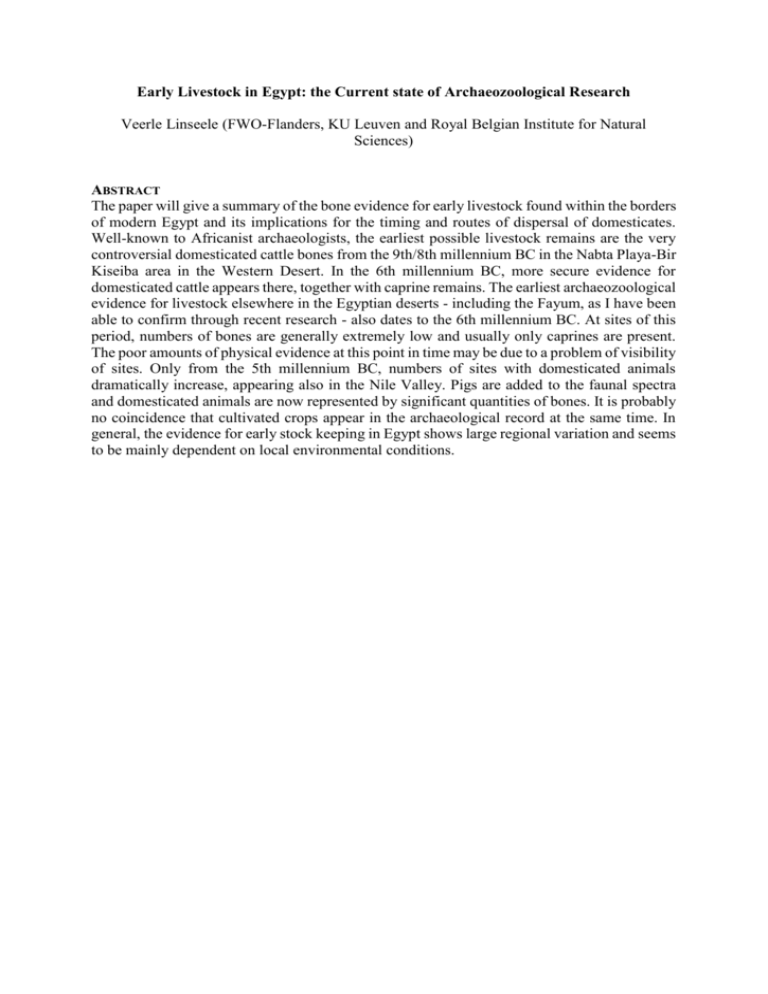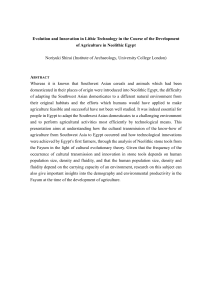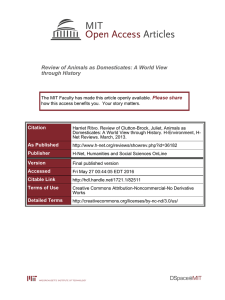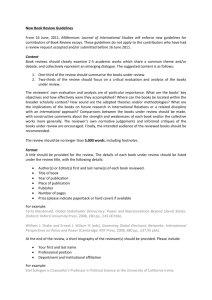Early livestock in Egypt: the current state of archaeozoological
advertisement

Early Livestock in Egypt: the Current state of Archaeozoological Research Veerle Linseele (FWO-Flanders, KU Leuven and Royal Belgian Institute for Natural Sciences) ABSTRACT The paper will give a summary of the bone evidence for early livestock found within the borders of modern Egypt and its implications for the timing and routes of dispersal of domesticates. Well-known to Africanist archaeologists, the earliest possible livestock remains are the very controversial domesticated cattle bones from the 9th/8th millennium BC in the Nabta Playa-Bir Kiseiba area in the Western Desert. In the 6th millennium BC, more secure evidence for domesticated cattle appears there, together with caprine remains. The earliest archaeozoological evidence for livestock elsewhere in the Egyptian deserts - including the Fayum, as I have been able to confirm through recent research - also dates to the 6th millennium BC. At sites of this period, numbers of bones are generally extremely low and usually only caprines are present. The poor amounts of physical evidence at this point in time may be due to a problem of visibility of sites. Only from the 5th millennium BC, numbers of sites with domesticated animals dramatically increase, appearing also in the Nile Valley. Pigs are added to the faunal spectra and domesticated animals are now represented by significant quantities of bones. It is probably no coincidence that cultivated crops appear in the archaeological record at the same time. In general, the evidence for early stock keeping in Egypt shows large regional variation and seems to be mainly dependent on local environmental conditions.











